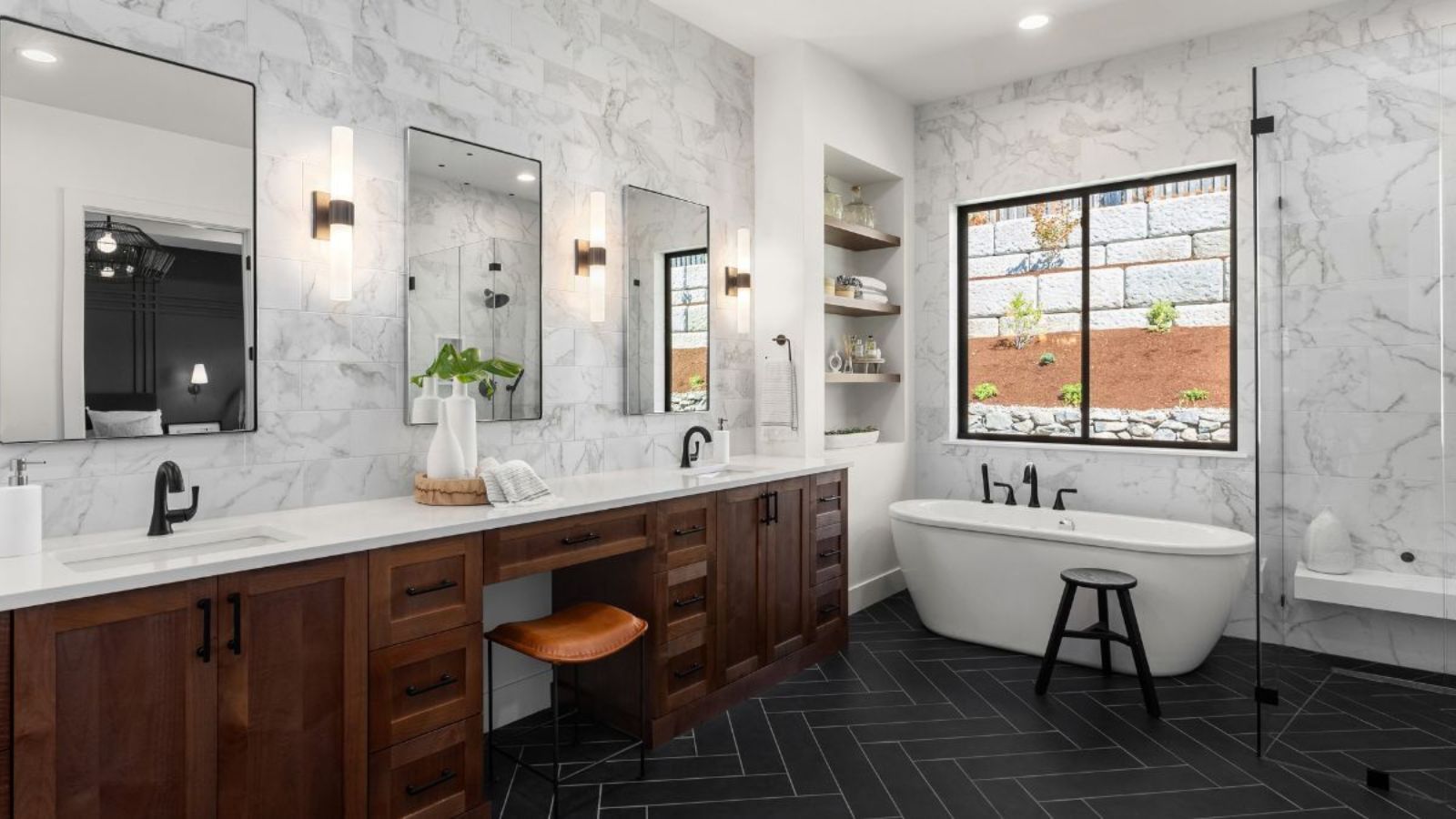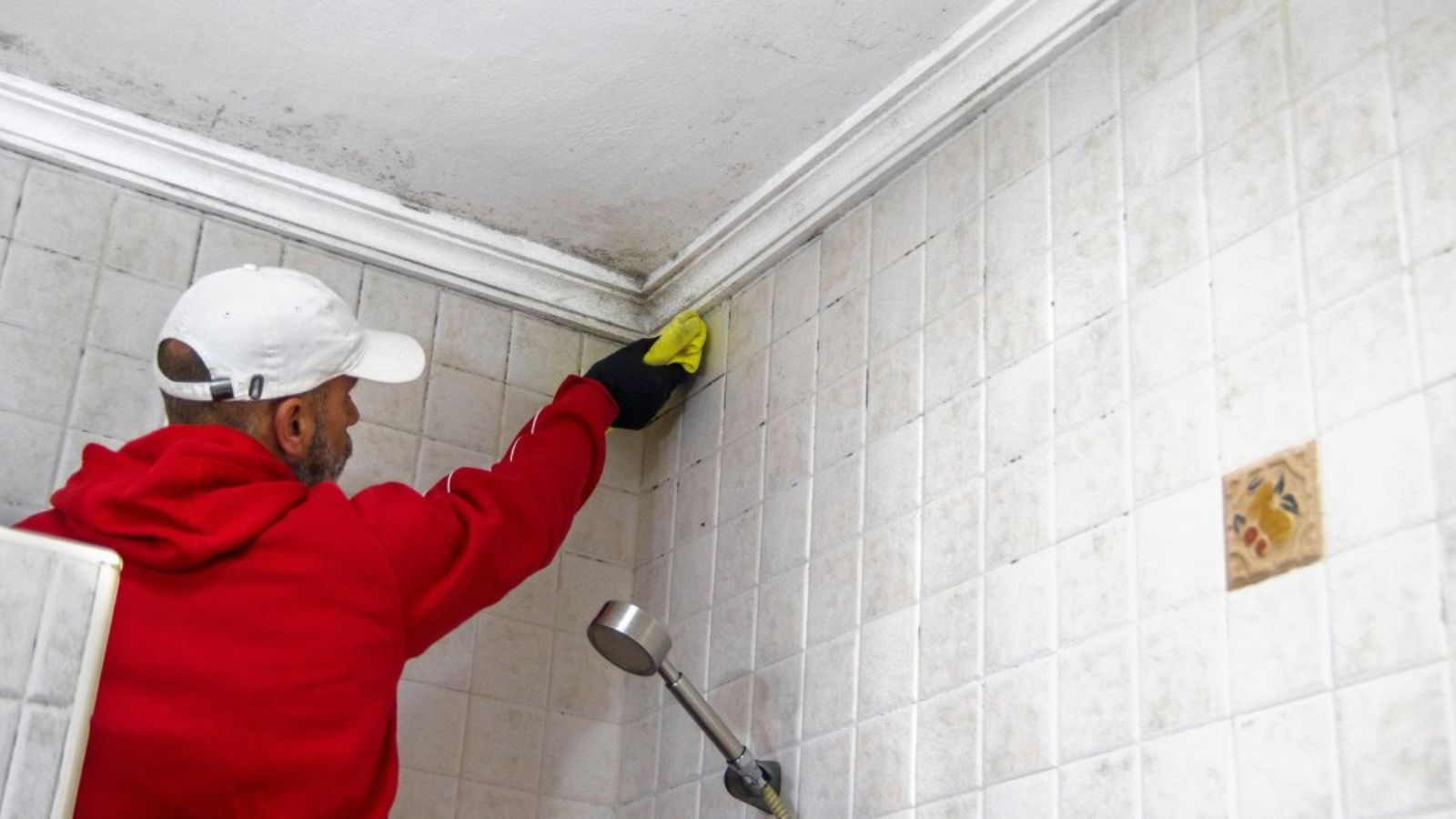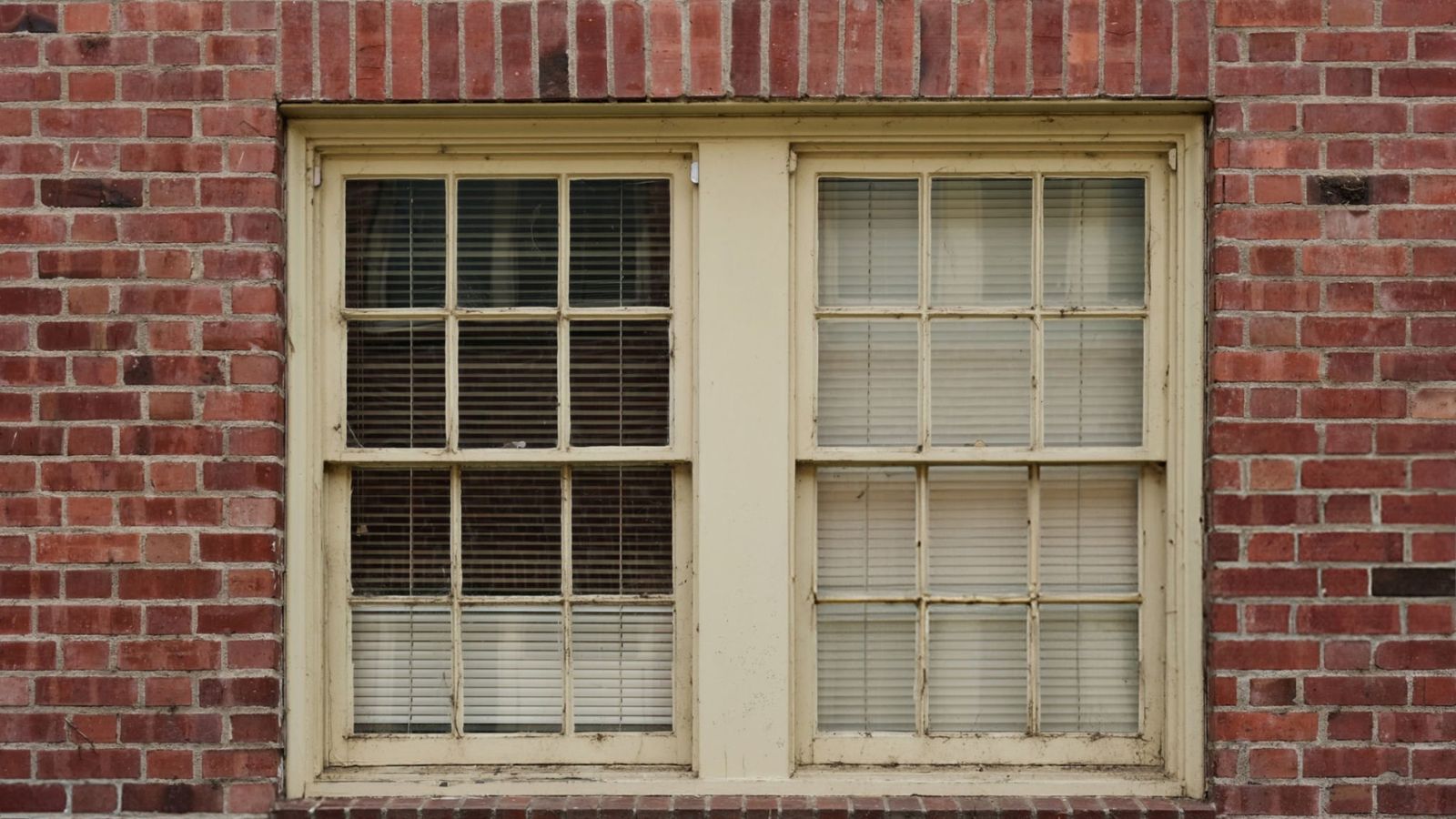Choosing the right window treatment can change the look and feel of any room. Curtains, blinds, and shutters each offer unique benefits depending on style, function, and budget. If you want something durable and classic, shutters are a great choice. Blinds give you good light control, while curtains add warmth and style.
The decision usually comes down to what matters most to the homeowner. Some prefer the easy upkeep of blinds, others the softness curtains bring, and some the long-lasting nature of shutters. Knowing the strengths and weaknesses of each helps make the best choice for a home’s needs.
Understanding the types of window treatments helps you find what works for your space. Let’s highlight the features that distinguish each style, making it straightforward to choose the ideal fit for your home.
The Great Window Debate: Curtains vs. Blinds vs. Shutters Explained for Every Home Style
Curtains vs. Blinds vs. Shutters: Core Differences
Curtains, blinds, and shutters differ in what they are made of, how they work, and where they perform best in a home. Each option has distinct strengths depending on material, operation, and room needs.
Materials and Construction
Curtains usually consist of fabric, which can vary from light cotton to heavy velvet. This variety allows for many colors and patterns, making curtains easy to match with home decor. They hang from rods, and you can line them to block light or provide insulation.
Manufacturers make blinds from materials like plastic, wood, or metal. Their slats can be rigid or flexible. Because of these materials, blinds tend to be durable and easy to clean. Their design allows for precise control over light and privacy through adjustable slats.
Shutters are solid window coverings, often made from wood or faux wood. They fit directly into the window frame and last a long time. Shutters provide a rigid structure and can also help insulate by trapping air when closed tightly.
Basic Operation and Functionality
Curtains open and close by sliding left or right along a rod. They either block light fully or let it filter through, depending on fabric thickness. Curtains offer less control over partial light or privacy.
Blinds operate with a mechanism that tilts slats up or down to adjust light flow and privacy. Some blinds also raise or lower entirely. This allows for flexible light management and clear views outside when open.
Shutters have hinged panels called louvers that tilt to adjust light and privacy. They open sideways like doors, making it easy to clean both the window and the shutter itself. Shutters provide strong light blocking and privacy when closed.
Room Suitability
Curtains work well in bedrooms and living rooms where softness and style matter. They can reduce noise and offer warmth with thicker fabrics. However, they may not be ideal in humid rooms because of cleaning difficulty.
Blinds fit kitchens and bathrooms better because their materials resist moisture and are easy to wipe clean. They also work well in home offices or any space needing adjustable lighting and privacy without adding bulk.
Shutters suit spaces where durability and a clean look are priorities, such as dining rooms or main living areas. Their sturdy build offers good insulation and security. Shutters may not suit rooms needing frequent window access since they open outward.
Curtains
- Material: Fabric (varied)
- Light Control: Full open/close
- Maintenance: Washing, vacuuming
- Best Rooms: Bedrooms, living rooms
Blinds
- Material: Plastic, wood, metal
- Light Control: Adjustable slats
- Maintenance: Wipe clean
- Best Rooms: Kitchens, bathrooms, offices
Shutters
- Material: Wood or faux wood
- Light Control: Tilting louvers
- Maintenance: Wipe clean, occasional dusting
- Best Rooms: Dining rooms, main living areas
Key Factors in the Great Window Debate
Choosing between curtains, blinds, and shutters involves more than looks. Practical concerns, such as privacy, light control, energy use, and cost, shape the best pick for a space. Each option offers unique advantages depending on your needs.
Privacy and Light Control
Privacy needs depend on window placement and room use. Curtains offer high privacy when made from thick fabrics, but may let light in around the edges. Blinds have adjustable slats that let you control both privacy and natural light. By angling the slats, you can block views from outside while still letting daylight in.
Shutters provide solid coverage with fixed panels or adjustable louvers. They can block nearly all light and view, making them good for total privacy.
Some blinds and shades can darken a room or filter light. However, curtains and shutters usually offer the best options. They let you control how much light and view come into a room.
Aesthetic Appeal and Style
Style depends on the home’s design and the desired look for a room. Curtains offer a soft, classic style with a wide range of colors, patterns, and materials. They can add warmth or elegance, but occupy more space around the window.
Blinds offer a sleek, modern look with simpler lines and a neat fit inside the window frame. Shutters combine durability and style. You can paint or stain them to match interior woodwork. Shutters give a timeless, tailored look and can be custom-fit to each window’s shape.
Energy Efficiency and Insulation
Energy-efficient window treatments help maintain a comfortable temperature, keeping rooms warmer in winter and cooler in summer. Cellular shades and some curtains with thermal lining can trap air close to the window, improving insulation.
Shutters also offer good energy savings because their solid panels provide a barrier to outside temperatures. Blinds generally do less for insulation, but adjustable slats allow some control over sun exposure, which can reduce heating or cooling needs.
Affordability and Budget
Cost varies widely between these options. Curtains tend to be the most affordable and easiest to replace. Prices depend on fabric quality and size.
Blinds come in a range of materials and prices, from budget-friendly vinyl to wood or aluminum options. Shutters are usually the most expensive due to customization, materials, and durability.
Investing in shutters may save money long-term due to durability and energy savings, but curtains and blinds often suit tighter budgets better.
Performance and Practical Considerations
Window treatments differ in how they hold up over time, require care, and affect room comfort. Understanding these aspects helps choose the right option for specific needs.
Durability and Longevity
Shutters are the most durable among the three. They are usually made from wood or composite materials that resist warping and fading. They can last decades with minimal wear.
Blinds vary in durability depending on the material. Metal or vinyl blinds are tough but may crack or bend after years of use. Cordless blinds reduce wear caused by cords and are safer for homes with children or pets.
Fabric curtains tend to wear faster. Exposure to sunlight can fade colors and weaken fibers. They may need replacing every few years, especially in sunny rooms.
Maintenance and Cleaning
Shutters require low maintenance. They only need occasional dusting or wiping with a damp cloth. Their rigid surfaces do not trap dust or allergens easily.
Blinds need more frequent cleaning. Dust settles on slats and can build up in hard-to-reach areas. Regular dusting, wiping, or vacuuming with a brush attachment is necessary to keep them clean.
Curtains demand the most care. Depending on the fabric, they often need washing or dry cleaning to remove dust and stains. Some fabrics attract dust and pet hair more than others.
Sound Absorption and Temperature Regulation
Curtains offer the best sound absorption. Thick or layered fabrics reduce outside noise and echo inside a room. This makes them good for bedrooms or living rooms.
Blinds provide limited sound control. They do not block much noise but allow for adjustable natural light and privacy.
Shutters offer moderate sound dampening but excel at temperature control. They fit tightly within window frames, helping keep heat in during winter and out in summer. This makes rooms more energy-efficient. Curtains can also help regulate temperature, but their effectiveness depends on fabric thickness and layering.
Choosing the Right Option for Your Home
Choosing between curtains, blinds, and shutters depends on the specific needs of each room. Think about the level of light control you prefer and whether you want window treatments that can integrate with smart home technology. Affordability and style also play key roles in making this choice.
Best Choices for Bedrooms and Sleep
In bedrooms, light control and privacy are crucial for better sleep. Curtains are often favored because thick, blackout fabrics block outside light effectively. They also reduce noise and help with insulation, making rooms quieter and more comfortable.
Blinds can work too, especially those with adjustable slats for controlling light levels. However, they might not block as much light as heavy curtains. Shutters offer good privacy but can let more light in unless specially made with thick slats.
For those on a budget, curtains generally provide the best value for blocking light and offering comfort during sleep.
Suitability for Home Offices
Home offices need window treatments that balance natural light and minimize glare on screens. Blinds are usually a strong choice here since they allow precise light adjustment.
Shutters create a professional look and are durable, but they can be pricier. Curtains are less common in home offices because they don’t offer the same level of precise control and might block too much light.
Affordability and ease of cleaning are important if the person spends long hours at the desk. Blinds, especially faux wood or vinyl, are often low-maintenance and budget-friendly.
Technology and Smart Home Integration
Smart home users often prefer blinds or shutters that integrate with systems from Apple, Meta, or AI assistants like Alexa. Motorized blinds can open or close automatically based on schedules or sunlight levels.
Shutters with smart controls exist but are less common and typically more expensive. Curtains usually need specialized tracks and motor systems, making them less common for smart homes, but still possible.
Products compatible with smart security systems, like Ring, can work with smart blinds for added convenience and safety. Affordability varies widely, with motorized blinds generally more affordable than motorized shutters or curtains.
Frequently Asked Questions
What are the key advantages and disadvantages of using curtains over blinds or shutters?
Curtains offer a wide variety of designs and fabrics, making them good for style and softness in a room. However, they tend to collect dust more easily and may require frequent washing.
Blinds allow more precise control of light and are usually easier to clean. They can look less cozy compared to curtains. Curtains provide better insulation than most blinds but less than shutters.
How do the costs of installing blinds compare to those of shutters?
Blinds are generally cheaper to buy and install than shutters. They take less time to manufacture and install, which lowers overall costs.
Shutters are usually more expensive upfront because they are heavier, custom-fit, and made of sturdy materials like wood or vinyl.
What are the specific benefits and drawbacks of shutters when considering home insulation and privacy?
Shutters provide excellent insulation because of their thick material and tight fit over windows. This helps to keep rooms warmer or cooler.
They also offer strong privacy when closed. However, shutters can be pricier and harder to install than other options.
Which is better for bay windows: blinds or shutters, and what factors should influence that decision?
Shutters are often better for bay windows because they can be custom-shaped to fit the angles perfectly. Blinds might be easier to change and less costly, but may not fit as neatly. Style preference and budget usually influence the choice.
What are the practical differences between shades, blinds, and shutters in terms of light control and ease of maintenance?
Blinds provide adjustable light control with slats that can tilt open or closed.
Shades block light by rolling or folding down, but don’t offer adjustable light angles.
Shutters allow solid light blocking with adjustable louvers and are easy to clean with a damp cloth.
In what scenarios are plantation shutters a preferable option to blinds, and why?
Plantation shutters are preferred when homeowners want strong insulation and durable privacy.
They add value to homes and look more solid and polished than blinds. Shutters also last longer with less maintenance.
North Country Windows & Baths in Omaha, Lincoln, NE, and the Surrounding Areas
At North Country Windows & Baths, our Windows are backed by a Lifetime Warranty, giving our customers peace of mind. Each window is custom-made to fit your home with state-of-the-art engineering by design, and energy efficiency enhanced by style. Our windows are made to last for years of maintenance-free beauty.
Whether you want a tub shower combo surrounded by subway tile or a low threshold shower with granite-like walls, you can customize your BathWraps space and even add accessories like soap dishes, caddies, seating, grab bars, and more. Contact us today.
More information about our Bathroom Remodels process: Click Here!




